20 Content Marketing Examples (and Tips to Learn from Them)

Content marketing is highly competitive. Hundreds of companies constantly push the envelope and create new content formats, marketing techniques, and case studies of what works and what doesn't.
Then there are thousands of companies copying them.
It's hard to be a trend-setter. It's also hard to learn from them, rather than just copying what they do and hoping it works for you.
Content marketing is all about context. Timing matters. Target audience matters. Relative authority matters. You can learn from what other marketers do and snoop at their metrics, but you need to look past the surface.
Here are some great content marketing examples and the lessons you can learn from them to incorporate into your own content.
1: Backlinko
Backlinko.com is cheating a bit because it's a perfect example of successful content marketing. I would link everything here if I could. Instead, though, I'm just going to point out two things.
First, every piece of content Brian Dean publishes on Backlinko is a profound and highly detailed guide with original research. It's the kind of hyper-evergreen high-quality content that lasts decades, not just years.

Second, he's the only person in 2022 who can pull off a content locker. One post will be locked every two to three articles in his archives. You can see a preview of what's in it, including the title and introduction, but that's it. You can also easily unlock it with an email opt-in, but it's still locked. The only way he can pull this off is with the insane amount of value the rest of his site holds, so you know with 100% certainty that the locked content will be some of his best content.
2: Canva
Canva is interesting. As a SaaS platform designed for simple graphic editing, their blog is packed full of simple "inspiration" posts and resources full of ideas. Things like 40 fonts for your small business, 30 quotes to inspire you, 50 logos to inspire your own, and other brand awareness pieces.

Then you have posts like the one I linked above, which is a deep dive into the associations of color with branding and how to pick colors that resonate with your audience. It's one of the best examples of content marketing that hits the surface-level inspiration for most users and the deeper, more authoritative content for those who can benefit from the detail.
3: Buffer
Buffer is an authority but takes it in a different direction from Brian Dean's content marketing strategy. They're known for being a lot more, shall we say, approachable. They have a regular feature called Ask Buffer, where they take real questions from real users and write detailed answers to them. The linked post showcases how they've used this as part of their marketing.

This content strategy isn't a new concept – heck, "respond to user questions" is a classic piece of advice I give – but it's not as often directly responding to specific people as Buffer does. It works for Buffer because it allows them to cover topics they wouldn't typically cover, with the excuse that they have real people asking about it. It's also an excellent way to experiment with subjects outside of their normal flow to see how they perform. Pain points are some of the best possible blog post topics.
4: Dropbox
Dropbox is in an exciting position. Their service is straightforward and easily understood, with a clear value proposition, so there's not a ton they can do to stand out from the entire market of cloud-based storage services. So, instead, they focus on culture.
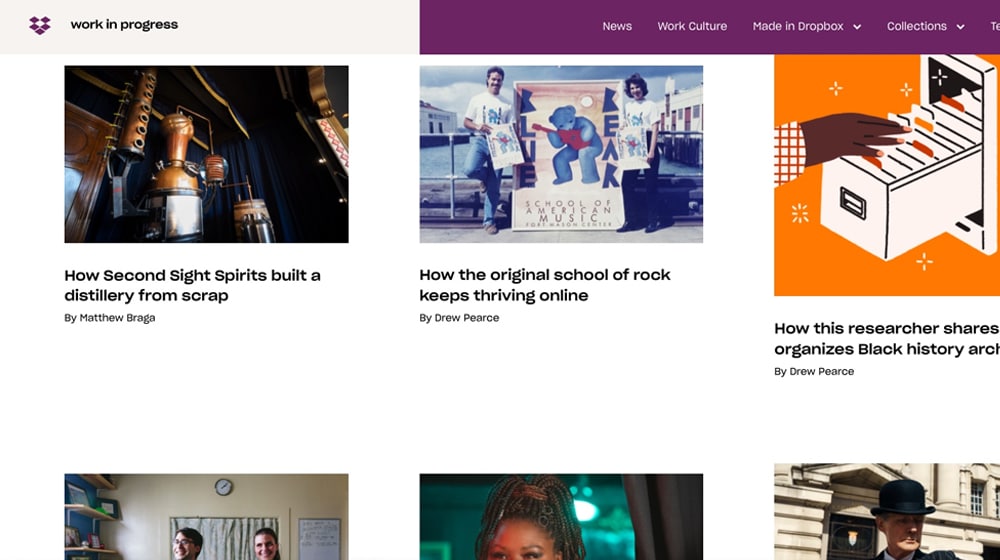
When you check their blog, it's full of "how X company did Y thing to set themselves apart" and, while most of it has very little to do with Dropbox themselves, they still leverage it to show how collaboration (through a service like theirs) can be compelling.
5: Shopify
Shopify is already a big name, but that doesn't mean they can't be more significant in the eCommerce space. I like that their authors aren't afraid to showcase mistakes and tell you how you can learn from them. This post shows that anyone can be a case study, success or failure, or both.

The results aren't as important as the ability to tell your story, at least from a marketing perspective.
6: Coschedule
I've found that sometimes, people are very hesitant to talk about the darker side of their industries. I've done it a few times with big, prominent problems like Negative SEO, but the content marketing world is packed with fraud and scammers, and we probably don't talk about it as much as we should.

Coschedule, in this post, goes on about affiliate marketing scams, how to recognize them, and how to avoid them. It's a handy resource for people who are most at risk of being targeted into the industry.
7: Moz
One thing I like about Moz is that they aren't limited to just surface-level topics. They aren't afraid to dig into the weeds of very deep, very nuanced, and very complex subjects. They talk about digital marketing from psychological perspectives and help you think about your marketing differently.

I frequently find myself learning entirely new concepts from their blog, and that's not something I can say about many sites. New details, techniques, and valuable information? Sure. New content ideas and ways of thinking? Much less often.
8: Copyblogger
This post is one of many recently published posts on similar topics, circling the core issue. That issue – the pressure of coming up with unique content for your site regularly – is one that we all struggle with from time to time. Copyblogger is very good at drilling down into specific, tangible concerns their audience has. While the information in each variation of their coverage on the topic might not be different, the content creation is unique.

They can help you solve the problem and demonstrate how to fill a content calendar in action. They also make great use of blog comments to add value and word count to their articles.
9: Neil Patel
Neil knows he's an authority and thought leader, and he's not afraid to just let you have some value. You'll be back. We'll all be back.
This post is an excellent example of how you can front-load the value in a piece of content and still have it pull in value for you. It's a deep-dive review into seven different pieces of software, but in the first line, Neil tells you the result of the post. Who does that? How much retention can that get out of an audience? Well, quite a bit.

How did he arrive at his conclusion? You can read to find out.
10: AdEspresso
AdEspresso knows two things. First, their topics are constantly changing, and the content marketing tips, social media posts, tricks, and optimization strategies they give are based on a specific environment that may not be relevant for very long. Second, the core of their advice will remain valid indefinitely.

So, many of their posts are formatted as ultimate guides and evergreen resources. Still, they also leverage a specific date in the title – sometimes year, sometimes month – to attract attention from people looking for the most updated content available. They probably change that title and slightly edit the post regularly, so the content works as both timely and evergreen.
11: Zapier
Zapier's content marketing efforts are kind of all over the place. There's no unifying theme, no consistency, no regularity. And you know what? That's perfectly in character for Zapier. Zapier's service itself is focused on being the connection between disparate services.

They're the glue that holds automation processes together. Their content marketing team takes seemingly random topics and draws them together in the same way.
12: Ahrefs
Ahrefs is very clever. One technique they use occasionally can be seen in this post. Do you see it? It's a strawman.
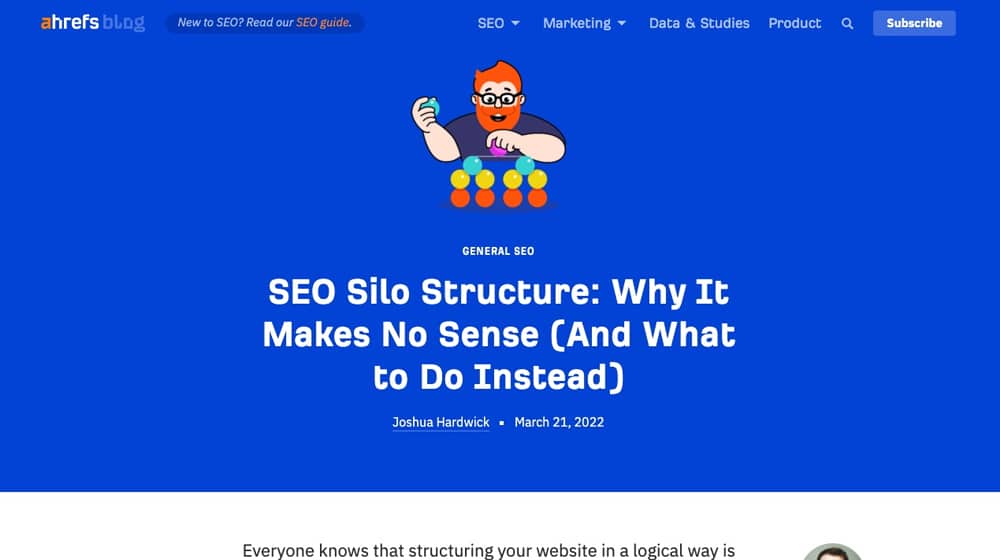
The post uses negative attention on a popular and well-regarded subject (content silos) and gets your attention by saying it's terrible. It then goes on to do two things. First, it tells you why silos are good. Then, it explains to the reader why a specific scenario using silos is terrible. The thing is, that scenario isn't all that likely. How many people out there refuse to interlink silos? Relatively few, I would wager. So really, the post becomes another post about the benefits of interlinking content.
13: Content Marketing Institute
One of the best parts of the Content Marketing Institute blog is how they cover any topic from any perspective. They're a great example of how a multi-author blog can work. Everyone there has their specialties, expertise, and authority.

Some do case studies and research; some do more ground-level techniques, and so on.
14: Brafton
Content marketing, we sometimes forget, can include much more than just blog posts. Brafton is a content marketing agency, and they recently published this infographic with a comprehensive post explaining it.
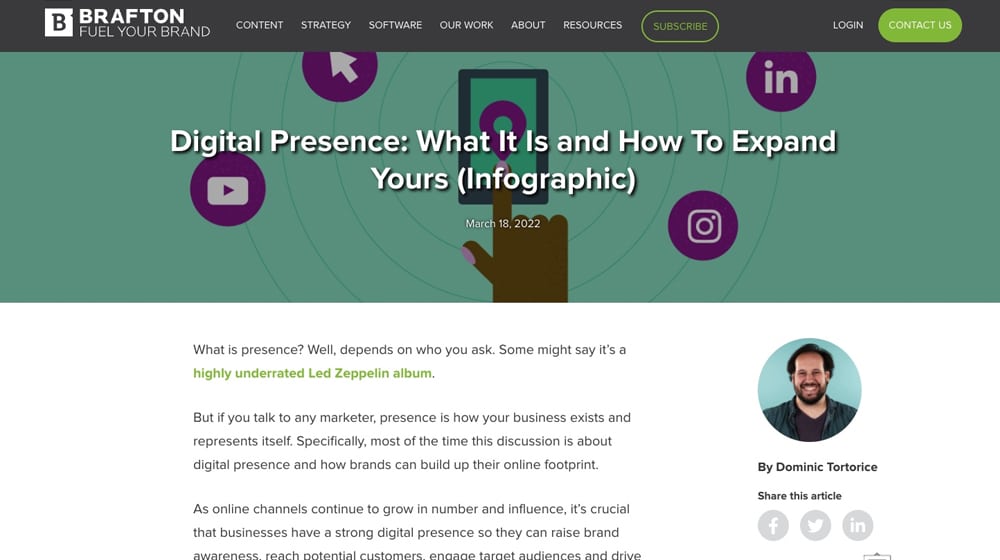
It reminds everyone that infographics still work, even if they aren't as popular as they once were.
15: HubSpot
One technique I love in marketing is the recurring segment or feature. Whether it's a weekly roundup linkbait post, a monthly report on an industry, or an annual case study or research document, I love how these can become industry guideposts. HubSpot has the resources to make some of the most significant such reports, and their annual State of Marketing report is top-tier.
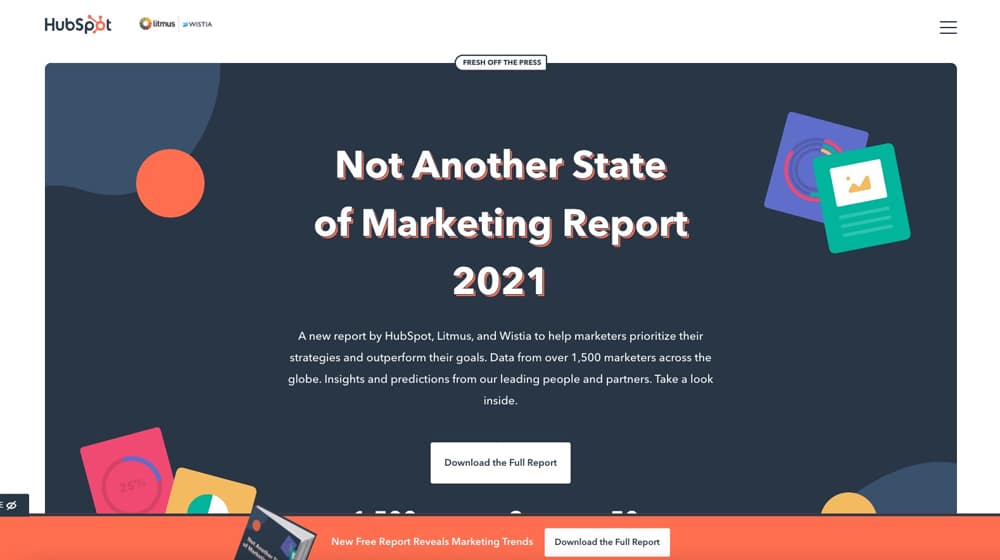
It's worth checking out for pretty much anyone and earns tons of links throughout a year, which transfer to the following year's post because it's all on the same URL. Talk about value!
16: Blue Corona
What are the differences between SEO tips for HVAC and SEO tips for plumbers? Blue Corona focuses a lot on local and niche marketing, so they have a lot of outwardly very similar content. Not much, really, but the trick is, they write unique content about it and take advantage of keyword research, so they end up with great niche content to draw in precisely the audience they want.

It's not relevant to me, but it doesn't have to be, as long as it reaches the people it should.
17: Kikolani
This post is fun because even though I use them, I wouldn't say I like email list pop-ups. They work, but every one of us hates them, so how do they work?

It's a question I've been wondering, and the post digs right in.
18: Hootsuite
How do you do, fellow kids? Hootsuite here demonstrates that they keep up with the times by discussing something trending and popular (TikTok) and how you can use it to your advantage.

Plus, this is one of at least half a dozen posts on TikTok they've published recently, so there's plenty to read and plenty of internal links.
19: SurveyMonkey
Sometimes, all you need out of a blog post is a way to use your product more effectively. SurveyMonkey does surveys, but there's a ton of nuance to surveys.

When you harvest data, anything from the way you ask questions to the array of answers you offer to the questions you don't ask can impact your content strategy.
20: BuzzSumo
No man is an island, and we all build upon the work of each other. That's the core premise of my blog post today, and it's the core of this post from BuzzSumo. Outwardly, this post is just a simple list of influencers in the digital marketing space.
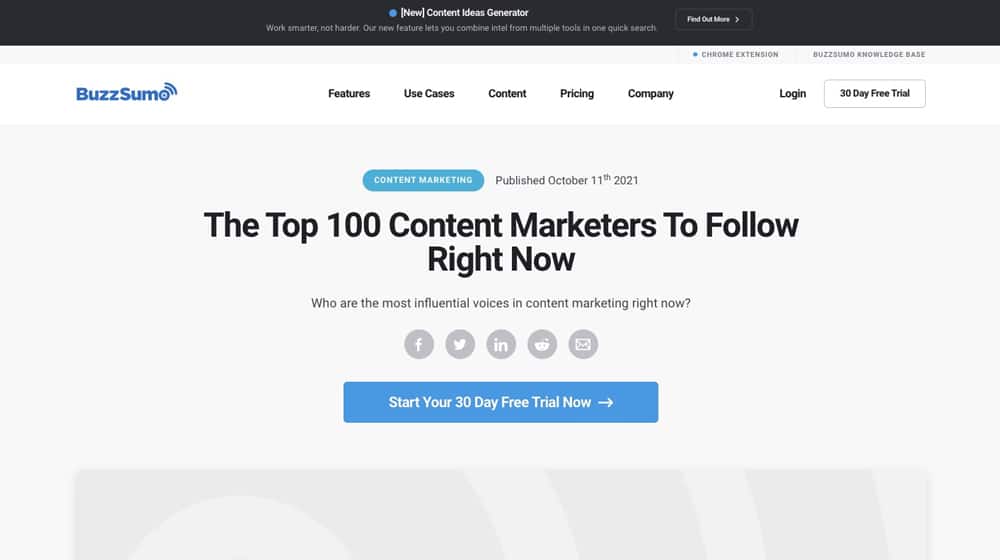
However, they also go into their methodology for ranking those people, which does three things. First, it makes it a "leaderboard" and competition for people who want to increase their rank. Second, it provides details on how the ranking is measured so you know what to do to improve your rank. And third, it creates a post people can keep coming back to check to see if it changes. Brilliant.
There you have it; 20 different types of content marketing and things they can teach you or actions you can replicate. Did you learn something today?



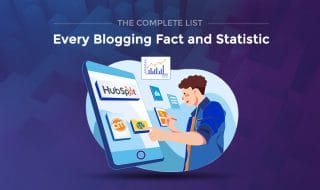






March 27, 2022
Really nice list, fun read. Neil P. does not write his own articles, just FYI - and has built up a reputation for intentional plagiarism in the SEO industry. Stands out a mile off from this list.
March 31, 2022
Thanks Colin!
Regarding Neil, you're right - I know a writer that used to ghostwrite some of his articles.
I wasn't aware of the plagiarism accusations, though. I'll have to look more into that, thanks for letting me know!